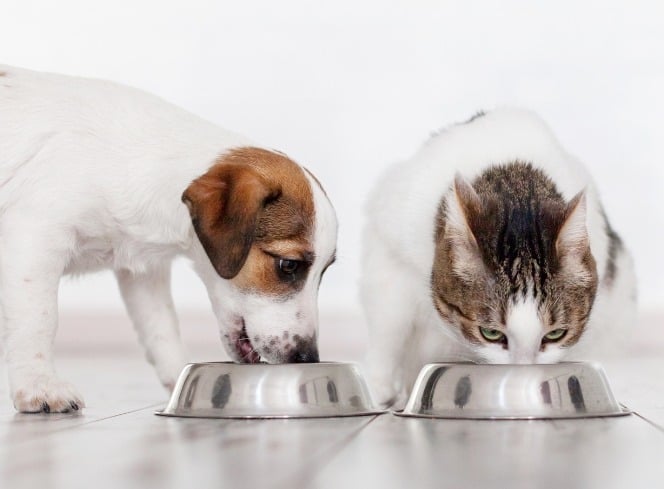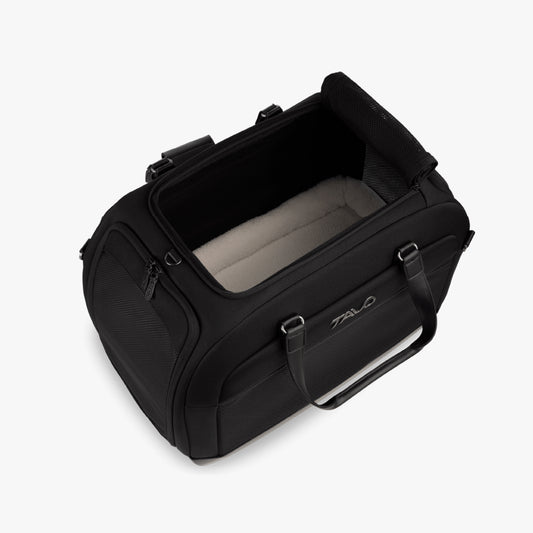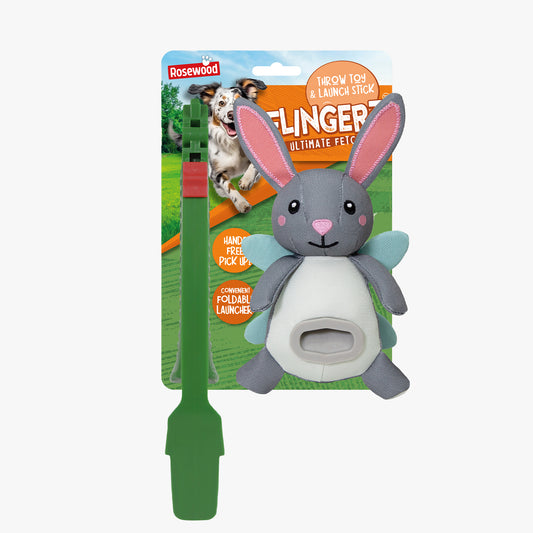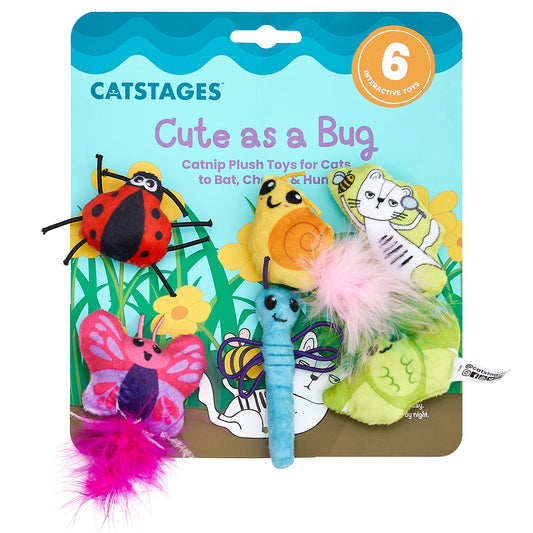As the summer heat intensifies, it's crucial to ensure your feline friends stay cool and comfortable. Cats are particularly sensitive to high temperatures, and excessive heat can lead to serious health issues like heatstroke. In this guide, we'll explore practical strategies for keeping cats cool in summer, providing you with essential tips to help your pet beat the heat.
Understanding the Risks of Heat for Cats
Before diving into how to keep your cat cool in summer, it's important to understand why it's necessary. Cats do not sweat like humans do; they have very few sweat glands meaning they use other tricks to cool themselves down. Grooming themselves is a key way your cat will cool themselves down, as the saliva evaporate and help to cool down. They are also likely to take long naps in a cool spot on a hot day and they may also use panting to cool themselves down.
3 reasons overheating is dangerous for your cat
- Heatstroke: This is a life-threatening condition that can cause organ failure.
- Dehydration: High temperatures can quickly lead to dehydration, impacting your cat's overall health.
- Burns: Hot surfaces like pavements can burn a cat’s sensitive paw pads.
Recognising Signs of Overheating

Even with these precautions, it’s vital to know the signs of overheating in cats so you can act quickly if necessary. Watch out for:
- Excessive panting: Unlike dogs, cats don't pant often, so this is a significant red flag.
- Lethargy: If your cat seems unusually tired or weak, they might be overheated.
- Drooling: Excessive drooling can be a sign of heat stress.
- Red or pale gums: These can indicate that your cat is overheating.
- Vomiting and diarrhoea: These symptoms can accompany heatstroke.
If you notice any of these signs, it’s essential to act immediately. Move your cat to a cooler area, offer water, and use cool (not cold) water to dampen their fur. Contact your veterinarian for further advice.
How to Keep Your Cat Cool in Summer

Battersea have put together 7 helpful ways you can help keep your cat safe and cool this summer
1. Use suncream
If you have an outdoor cat with light coloured fur they are likely at risk of getting sunburned. If your cat will allow you to try putting some animal friendly suncream on them to help prevent sunburn. We love the BeSunsafe sun protection as it is also insect repelling and is full of natural ingredients.
2. Provide plenty of shade
Make sure there are plenty of shady spots in your garden for your cat to lay in to help keep them cool whilst they are outdoors.
3. Provide Plenty of Fresh Water
One of the simplest yet most effective ways to keep your cat cool in summer is ensuring they have access to fresh, clean water at all times. Consider placing multiple water bowls around your home to encourage your cat to drink more frequently. You might also invest in a cat water fountain, which can be more appealing to cats due to the continuous flow of water. We love the Catit Pixi fountain, it comes in 4 fun colours and provides your cat with a 24/7 stream of water to drink from.
4. Keep inside your house cool

Maintaining a cool indoor environment is crucial for keeping cats cool in summer, especially indoor cats. Here are some tips to achieve this:
- Air Conditioning and Fans: If possible, keep the air conditioning on during hot days. Fans can also help circulate air, but ensure they are safe and out of your cat's reach.
- Curtains and Blinds: Close curtains or blinds during the hottest parts of the day to block out direct sunlight.
- Netting frames: Fit netted frames over your windows in summer so you can keep your home well ventilated without worrying about your cat escaping
- Cool Spots: Create cool spots for your cat to lounge in. This could be a tiled bathroom floor, a shaded area, or a cool mat designed for pets.
5. Don’t overexcite your cat
Keeping your cat calm will help them stay cool on really hot days. For playful cats try putting down a couple of ice cubes for them to play with whilst keeping them hydrated and cool.
6. Check your shed
Your cat may choose to hide from the sun in your shed or garage if they have been open so make sure to check for your cat before closing them!
7.Know the signs of heatstroke in cats
Heatstroke can be really serious and acting quickly is important in keeping your cat safe. Here’s what you need to watch out for
- Agitation
- Stretching out and breathing rapidly
- Extreme distress
- Skin hot to the touch
- Glazed eyes
- Vomiting and drooling
Conclusion
Keeping cats cool in summer is a vital part of pet care. By providing plenty of fresh water, creating a cool environment, grooming regularly, and being vigilant for signs of overheating, you can ensure your cat stays safe and comfortable. Incorporate these cooling tips for cats into your summer routine to help your feline friend enjoy the season without the stress of overheating.
At Lords & Labradors, we offer a range of products designed to keep your pets comfortable and happy. Explore our collection of cooling mats, water fountains, and grooming tools to help keep your cat cool this summer.


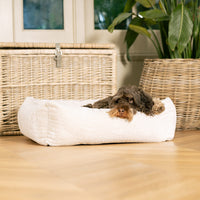

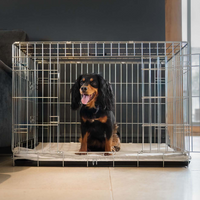
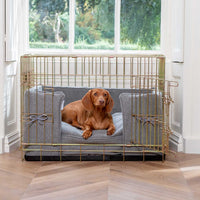
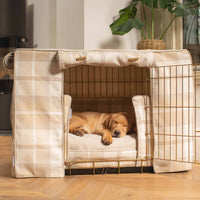

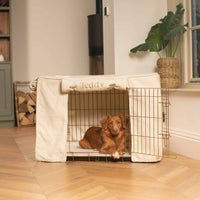
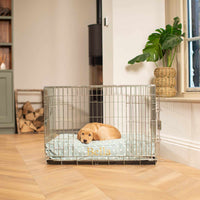
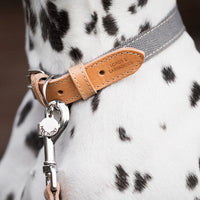





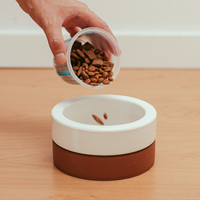
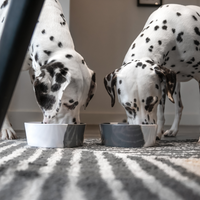




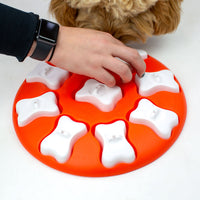






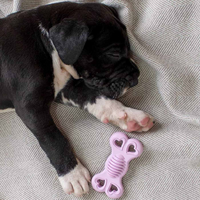
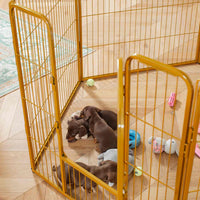
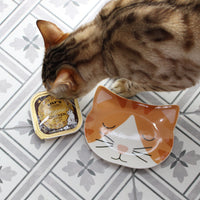
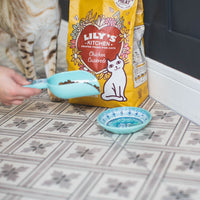
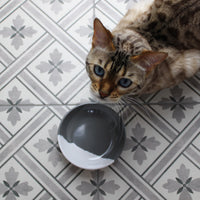
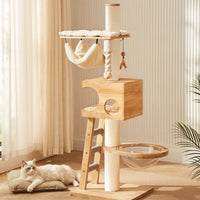
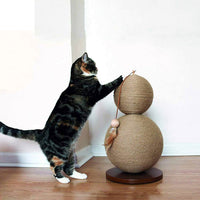
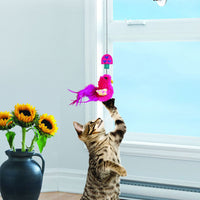
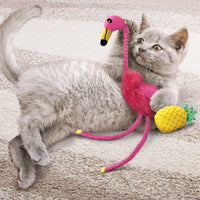
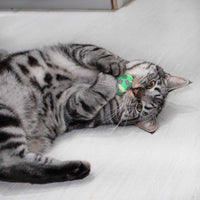
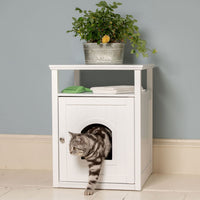
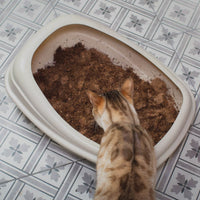
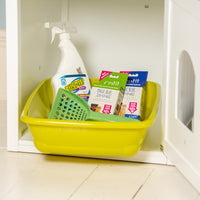
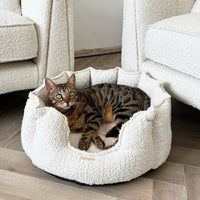
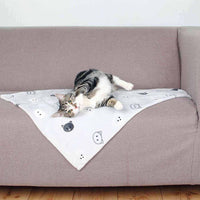
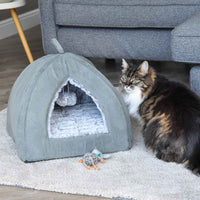
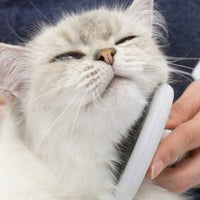
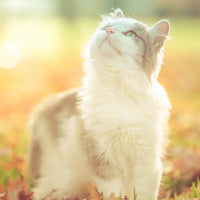






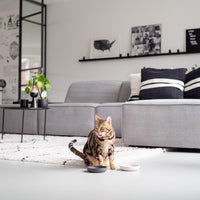




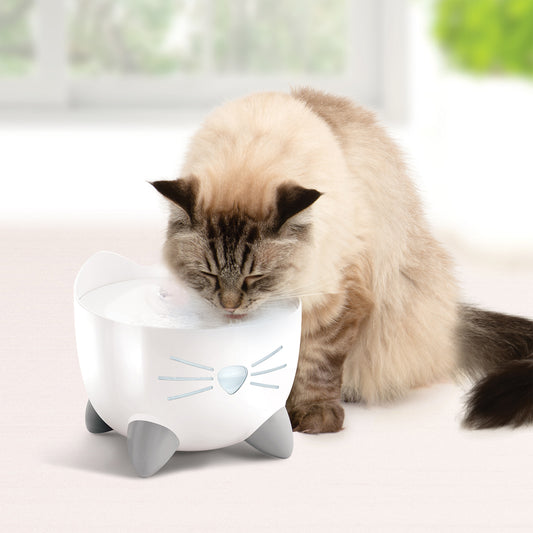




.jpg?v=1736434525795&options=)


